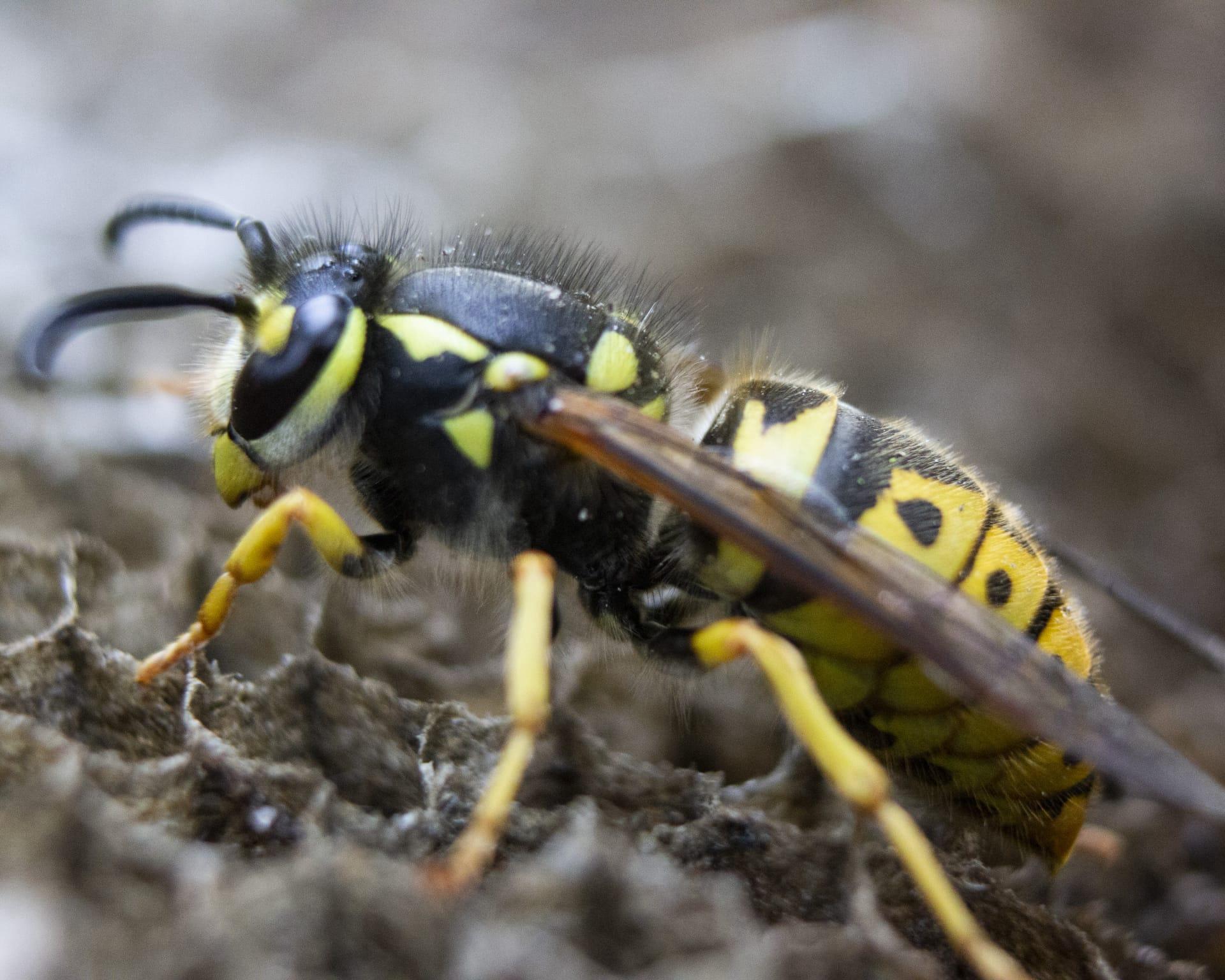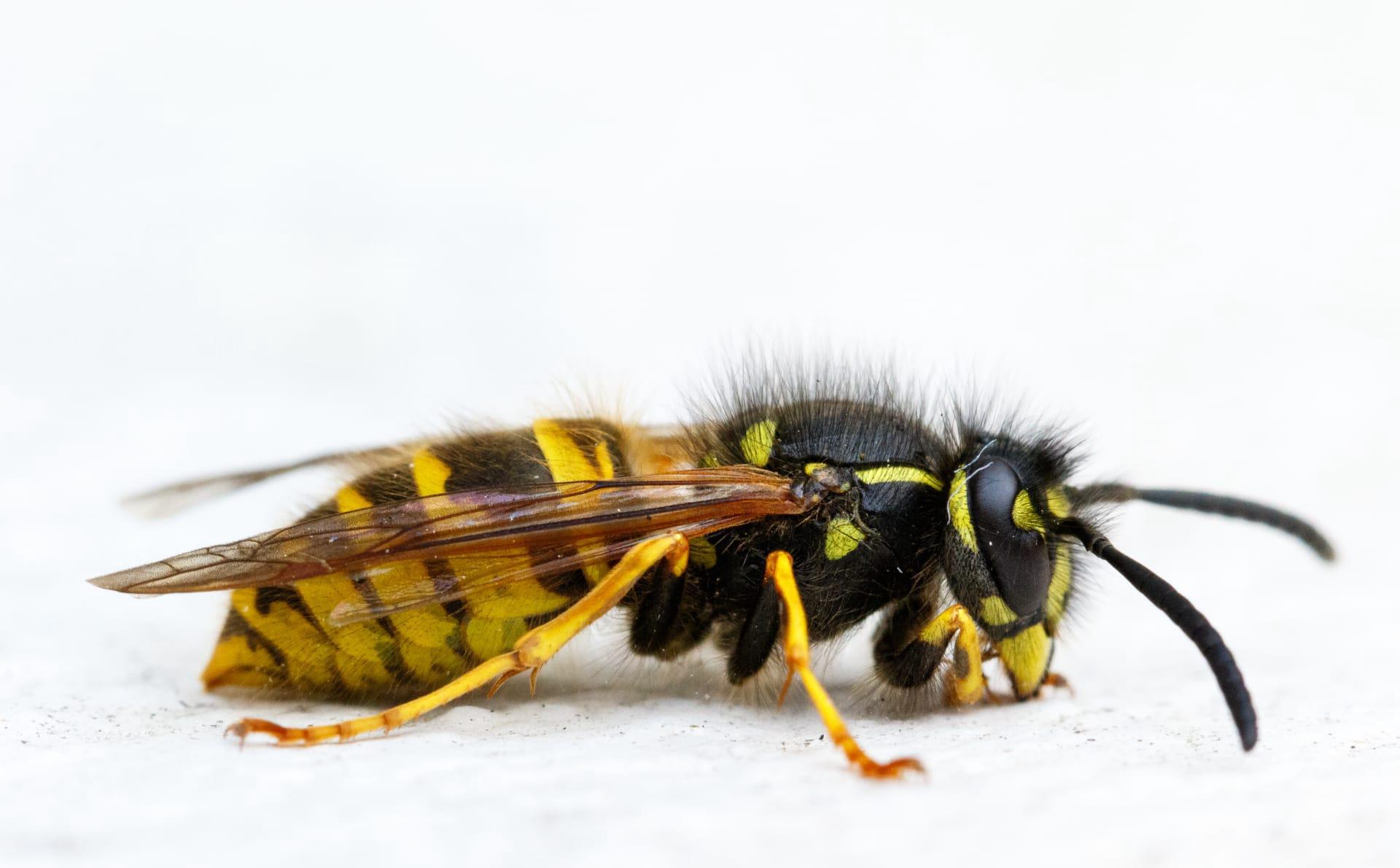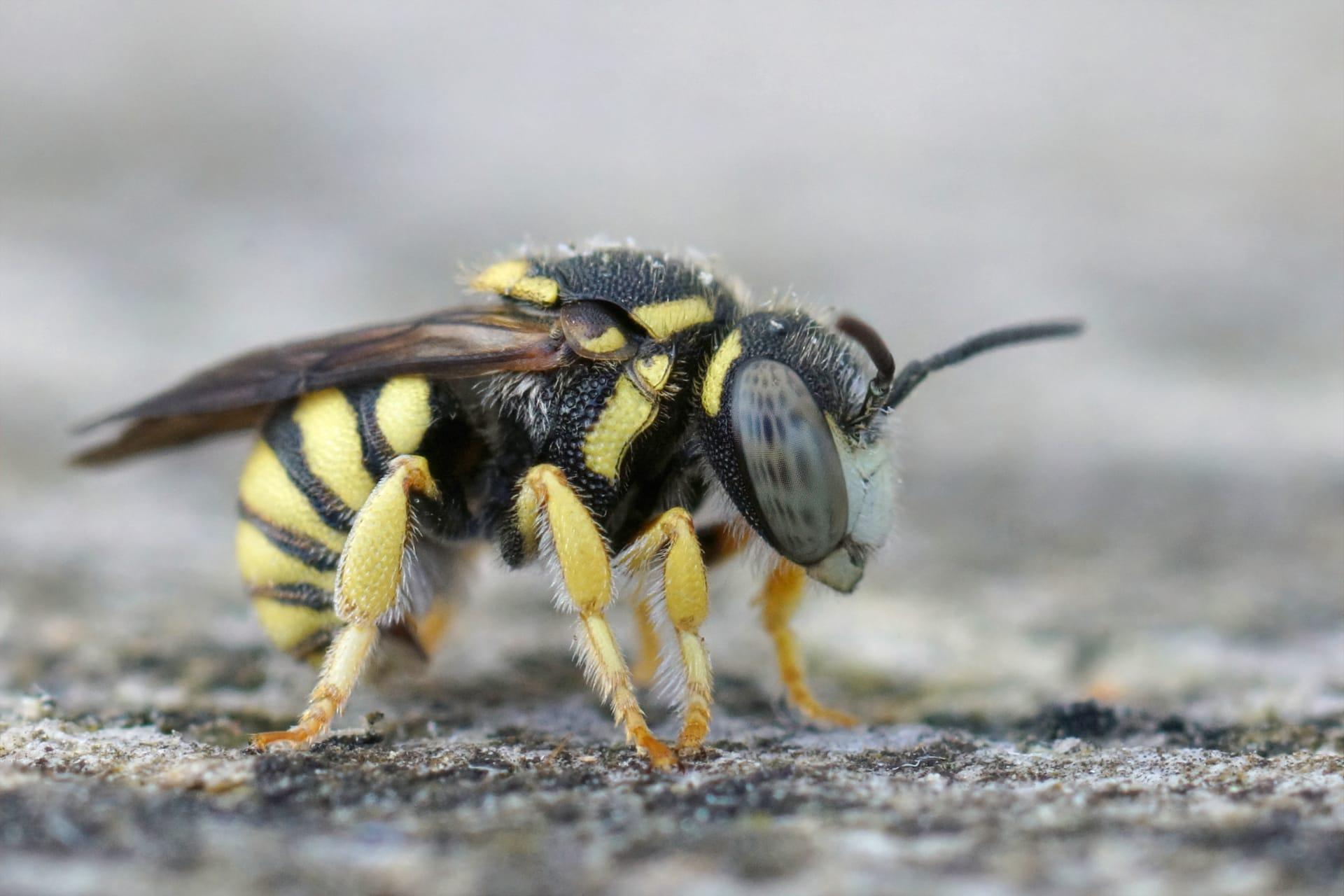Wasps Characteristics
- Home /
- Mini Encyclopedia /
- Animal /
- Wasps Characteristics
1
Wasps, those buzzing insects we often encounter, come in various sizes, but a common species might measure about 0.5 to 1.5 inches in length. Their lifespans vary widely across species, with workers living a few weeks, queens up to a year, and males typically surviving until they fulfill their role in mating. What sets wasps apart is their slender body, characterized by a narrow waist connecting the thorax and abdomen, and their vibrant colors, which can range from yellow and black to metallic blues and greens.
One of the most fascinating organs of a wasp is its stinger, used both for defense and for subduing prey. Unlike bees, many wasps can sting multiple times without perishing. This is because their stinger is not barbed and does not get stuck in the skin of their adversaries. The venom injected by the stinger contains a cocktail of chemicals, causing pain to deter predators and paralyzing smaller insects for feeding or laying eggs inside.

2
Question: Why do wasps become more aggressive in late summer?
Answer: As summer wanes, the primary focus of the wasp colony shifts from expanding to sustaining. The queen stops laying eggs, and the hive's dynamic changes. Worker wasps, no longer needed to forage for larvae sustenance, find themselves with less to do and more time to roam, leading to increased encounters with humans. Additionally, their diet changes from proteins to sugars, making them more attracted to human activities, particularly those involving food and drinks outdoors, heightening the likelihood of aggressive interactions.

3
Wasps exhibit remarkable agility in flight, capable of swift maneuvers and hovering, which aids in their predatory behavior and evasion from threats. Their wings beat rapidly, and some species can reach flying speeds of up to 15 miles per hour. This agility is crucial for hunting, escaping predators, and navigating within their often complex nests.
In terms of predation, wasps are skilled hunters, employing their powerful mandibles and stingers to capture or kill prey. Their diet primarily consists of other insects, making them natural pest controllers. Some species even specialize in hunting particular prey, such as spiders or caterpillars, which they feed to their larvae. This predatory behavior is essential for the ecosystem, as it helps control insect populations.

4
Wasps thrive in a variety of environments, from urban areas to dense forests, adapting to a wide range of habitats. They build their nests in sheltered spots like eaves, underground, or in dense vegetation. The materials for their nests vary, with some species using wood fibers chewed into a pulp, creating paper-like structures, while others may use mud.
Reproduction in wasps involves a fascinating process where the queen, the only fertile female in the colony, lays eggs. In spring, she starts a new colony and lays eggs that develop into workers. These workers then take over the duties of expanding the nest and feeding the new larvae. In late summer, the queen produces males and future queens, which leave the nest to mate. The mated females then find a place to overwinter and start new colonies the following spring, continuing the cycle.

5
Book: "The World of Wasps" by Dr. Elizabeth Capaldi Evans, published in the United States in the 1990s, offers an insightful look into the life of wasps. Evans delves into the biology, behavior, and ecological impact of these insects, presenting complex scientific concepts in an accessible manner. The book highlights the diversity among wasp species and their significant roles in ecosystems as both predators and pollinators.
Book: "Wasps: The Astonishing Diversity of a Misunderstood Insect" by Prof. Jeremy Field, released in the United Kingdom during the early 2000s. Field, a renowned entomologist, explores the intricate social structures and behaviors of various wasp species. Through detailed observations and engaging narratives, the book aims to alter the commonly held negative perceptions of wasps, showcasing their importance in biodiversity and natural pest control.